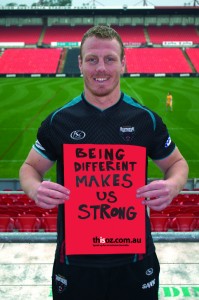 By Tom Tyler, PhD (Professor of Law and Psychology, Yale Law School)
By Tom Tyler, PhD (Professor of Law and Psychology, Yale Law School)
Ferguson represents another step in the escalating failure of the “broken windows” view of crime that has gained ascendancy during the past generation. Under this approach, the police seek to maintain order by focusing upon arresting those who are committing minor crimes. This justifies the widespread practice of repeatedly stopping, questioning, frisking and often detaining and arresting members of the community, in particular the African-American community, and leads to the same type of hostility toward police officers that has become so visible in New York City in recent years. Worse yet, it seems the police in cities like Ferguson have moved beyond the original broken windows model which focuses upon arresting people committing life-style crimes and have dropped any pretext of stopping only those who are actually involved in criminal activity. Instead the police repeatedly stop innocent community residents on the streets to create feelings of fear, which they believe deters criminal behavior. Why is this bad?
How can the police build trust? I have conducted a number of studies of popular legitimacy which examine why people do or do not trust the police in their community. These studies consistently show that the most important issue to public evaluations of the police is whether they believe that the police are exercising their authority fairly. This means that they are not making decisions about who to stop based upon race; that they are willing to listen to people when they stop them; apply the law consistently and without prejudice and take time to explain the reasons for their actions. Most importantly, the police need to treat people in the community respectfully and with courtesy. When the police do these things they build trust. In other words, we know how the police can build trust in communities, White or minority. If people see the police acting with justice, they respond with trust.
Of course, there are limits, and even respectful treatment gives way to distrust in the face of repeated police stops of people who are not engaged in wrongdoing. Two facts emerge from empirical research on the impact of policies involving widespread street stops. First, such stop, question and frisk policies increase crime by undermining police legitimacy. Jeffrey Fagan and I recently studied young men in New York City and found that those who mistrusted the police were twice as likely to be engaged in criminal activity. Second they increase hostility and lead to a greater likelihood of conflict when the police deal with community members on the street and when the community reacts to police actions such as the Brown shooting. Such anger produces precisely the type of unrest so visible in Ferguson. As so many of the marchers in that community have suggested, if people do not experience justice when they deal with the police, there will be no peace.
This article was re-posted from APA’s Psychology Benefits Society Blog.









